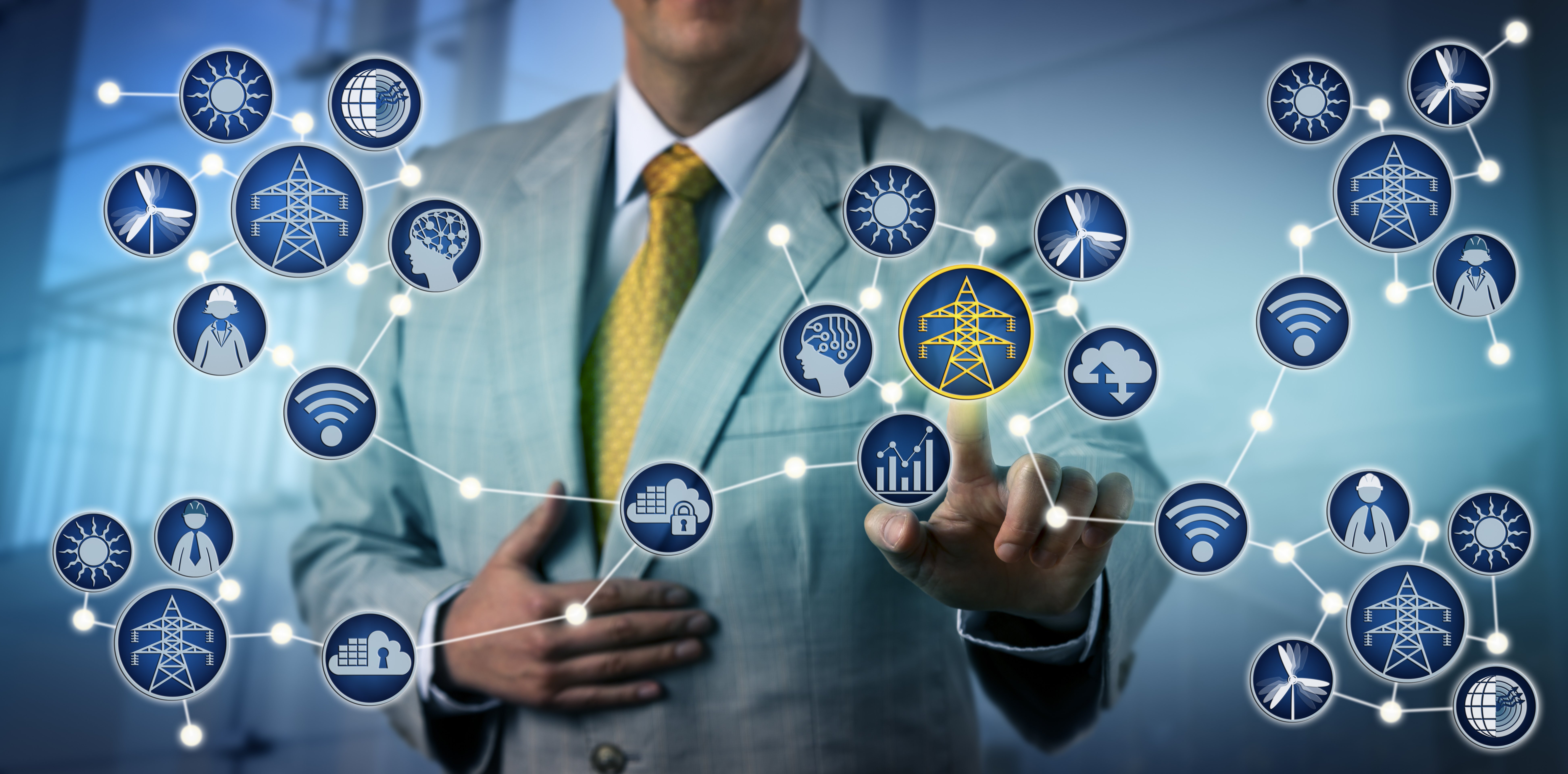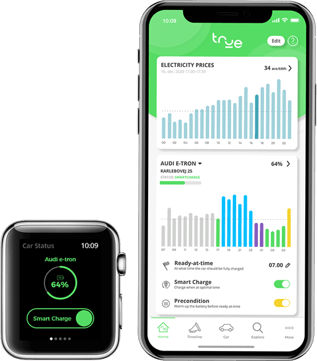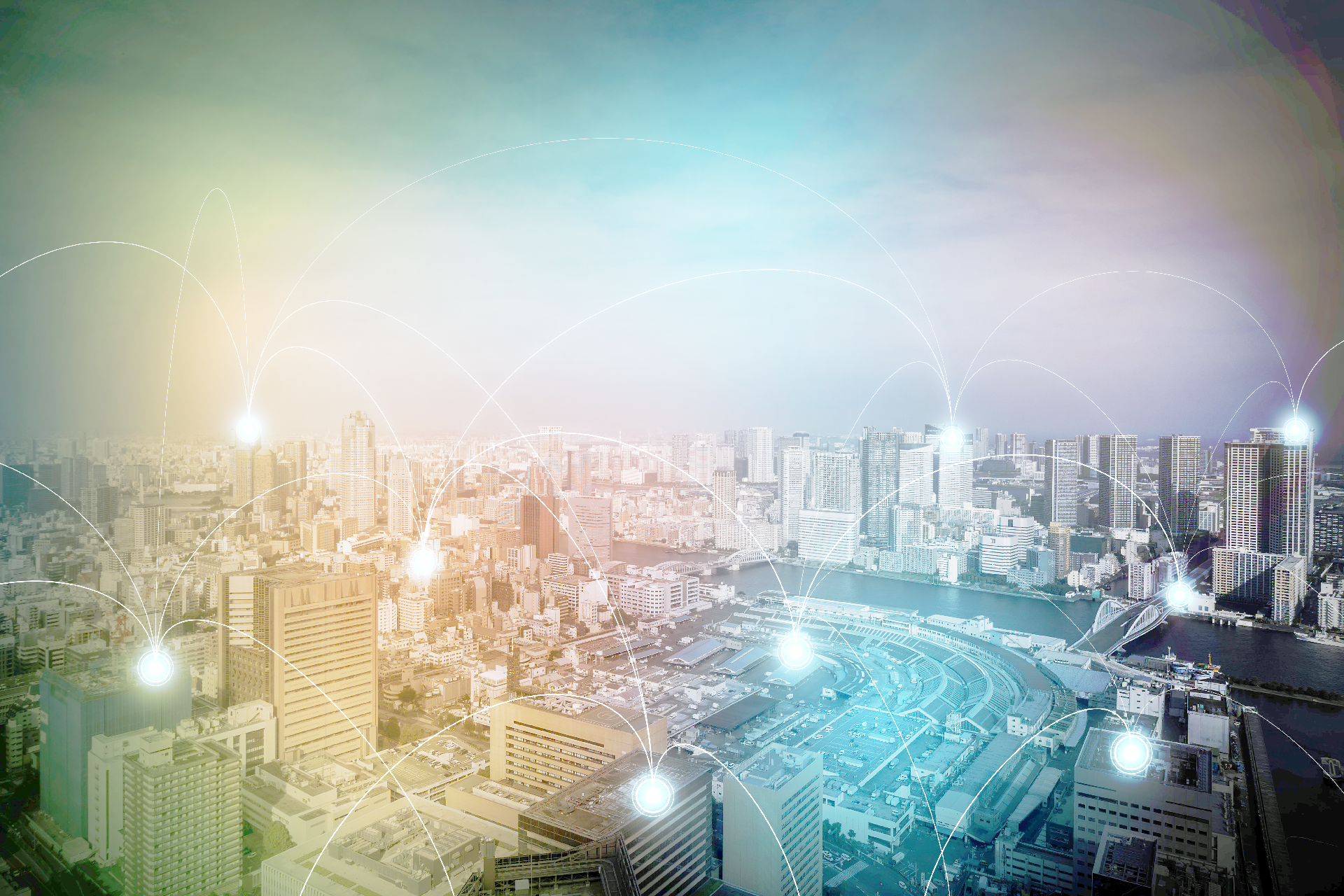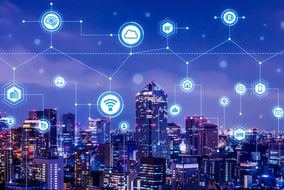 As decarbonization, deentralization and digitalization continue to affect the energy industry, DSO's are taking on new roles and greater challenges in ensuring a reliable, resilient grid. In the IoT era of OT/IT convergence , where are you in your journey to transformation ?
As decarbonization, deentralization and digitalization continue to affect the energy industry, DSO's are taking on new roles and greater challenges in ensuring a reliable, resilient grid. In the IoT era of OT/IT convergence , where are you in your journey to transformation ?
Accelerated by a pandemic
In the nearly 2 years since the pandemic began, many industries have been severely hit while others have thrived. But the one thing that is undeniable is that COVID-19 has accelerated digitalization across the board by a global average of 6 years with 96% of decision makers believing the pandemic sped up their digitalization efforts with 66% claiming 'by a great deal'. The report by twilio further suggests that the energy industry recorded the greatest acceleration in digitalization efforts among industries second only to tech companies. For an industry that has historically taken a cautious, incremental approach to transformation, the overtones of digital transformation are clear.
Drivers of transformation
 Under pressure from fluctuating prices, stiff budgets, stringent regulations and an aging workforce, Energy and utility players are looking to meet consumer expectations while balancing grid resilience and sustainable development goals. Grid participants no longer want to remain passive subscribers. They not only expect to get what they need, when they need it, without the friction of middlemen but also demand transparency, control, and empowerment through actionable insights.
Under pressure from fluctuating prices, stiff budgets, stringent regulations and an aging workforce, Energy and utility players are looking to meet consumer expectations while balancing grid resilience and sustainable development goals. Grid participants no longer want to remain passive subscribers. They not only expect to get what they need, when they need it, without the friction of middlemen but also demand transparency, control, and empowerment through actionable insights.
Thus in addition to ensuring reliable power flow and quality, integrating EV charging and renewables, improving asset and grid health, the modern grid operator is taking on a new role - that of an information hub. Distribution System Operators (DSO) or Distribution Network Operators (DNO) are expected to collect and provide the right data to the right grid participants in a secure and timely manner.
From smart to active - the internet of energy
The Internet of Energy (IoE) is already here. Whether in networks of sensors or metering devices, the convergence of operational and ICT technologies combined with distributed energy systems are already optimizing the generation, transmission, and utilization of electricity. Solutions include power monitoring, demand-side energy management, distributed storage, and renewable energy integration among others.
These advances in energy technologies are paving the way for multi-directional flows of energy and information, real-time demand adjustment, smarter supply combinations, higher outputs from existing assets and enhanced infrastructural performance. As we step into the era of Ambient computing, only a handful of companies are bolstering their value chain and customer experiences with 4th platform technologies like artificial intelligence, machine learning, block chain, Augmented and virtual reality. With real time data feeding machine learning algorithms, it is possible to take a far more active approach towards facilitating and managing the increasingly erratic and decentralized activity on the grid.
Utility 4.0 - A journey to autonomy
Managing critical national infrastructure and delivering mission critical levels of safety, availability, security and reliability has traditionally been a conservative, low risk endeavor. However with the rise of savvy prosumers, distributed energy resources and electric vehicles, there is far greater need for DSOs today to adopt agile, scalable approaches to managing the grid. Whether its about ensuring grid resilience, protecting grid revenues, developing consumer and supplier relationships or complying with regulations, digitizing data, digitalizing processes and transforming business models is vital to grid operators as they face the forces of decarbonization, decentralization, digitalization and democratization of data. Yet, even as operational technologies (OT) and information technologies (IT) are converging in the internet of things (IoT) era, most organizations are only starting out or in early stages of their digitization journey.
Not just a technological journey
Digitization and digital transformation are not technological overhauls for the sake of technology. Whether it’s a large DSO or a small grid operator, the journey to transformation needs to recognize current realities of OT-IT tech stack, personnel, customer expectations etc. and change at a pace that doesn't disrupt daily operations. Most importantly there needs to be clear purpose for transformation, such as reduction in capital or operational expenses, improving SAIDI/SAIFI disruption scores, improving loyalty and revenues, etc.
Without clear objectives, investing in technologies like Internet of Things (IoT), Artificial Intelligence (AI), Blockchain, Virtual and Augmented Reality (VR/AR) and Robotic Process Automation (RPA) etc. would hold little meaning. However transformation will take a lot more than technological appetites and organizational will. It will require changing mindsets, influencing policies, new business models, upskilling employees, educating customers, and developing open standards and interoperability not to mention the highest standards of cybersecurity, data privacy and operational resilience.
Mind shift
As the boundaries between consumers, producers and distributors become increasingly blurred, the grid will evolve into a platform that allows decentralized, nondiscriminatory access to insights and diverse assets at the grid edge. DSO’s will need to embrace their additional role as data hubs for consumers, prosumers, suppliers, regulators and other grid participants. This requires a mind-shift towards consumer-centric strategies, cooperation at all levels, new, business models and the creation of intelligent management systems. Service oriented business models can help DSOs tap into the vast opportunities particularly at the grid edge ie; the interface between the supplying grid and the demanding homes, offices and industries etc.
Gearing up for the greater grid
The convergence of OT/IT technologies, combined with political will and macroeconomic forces, is bringing us closer to a future of ubiquitous, secure access to clean, reliable, energy. However getting there will require DSOs to become a new breed of digital industrial companies that take advantage of the speed, elasticity of the cloud as well as the predictive intelligence afforded by AI and machine learning. Combined with native expertise in metering and grid edge intelligence such partnerships can transform the future of energy, smart cities and smart infrastructure.
To learn more about how Cloud infrastructures and AI powered insights can drive grid revenues and resilience watch the Digitopia 2021 keynote delivered by Landiss+Gyr and Google Cloud on "How cloud-driven infrastructure & services enable carbon neutrality".






